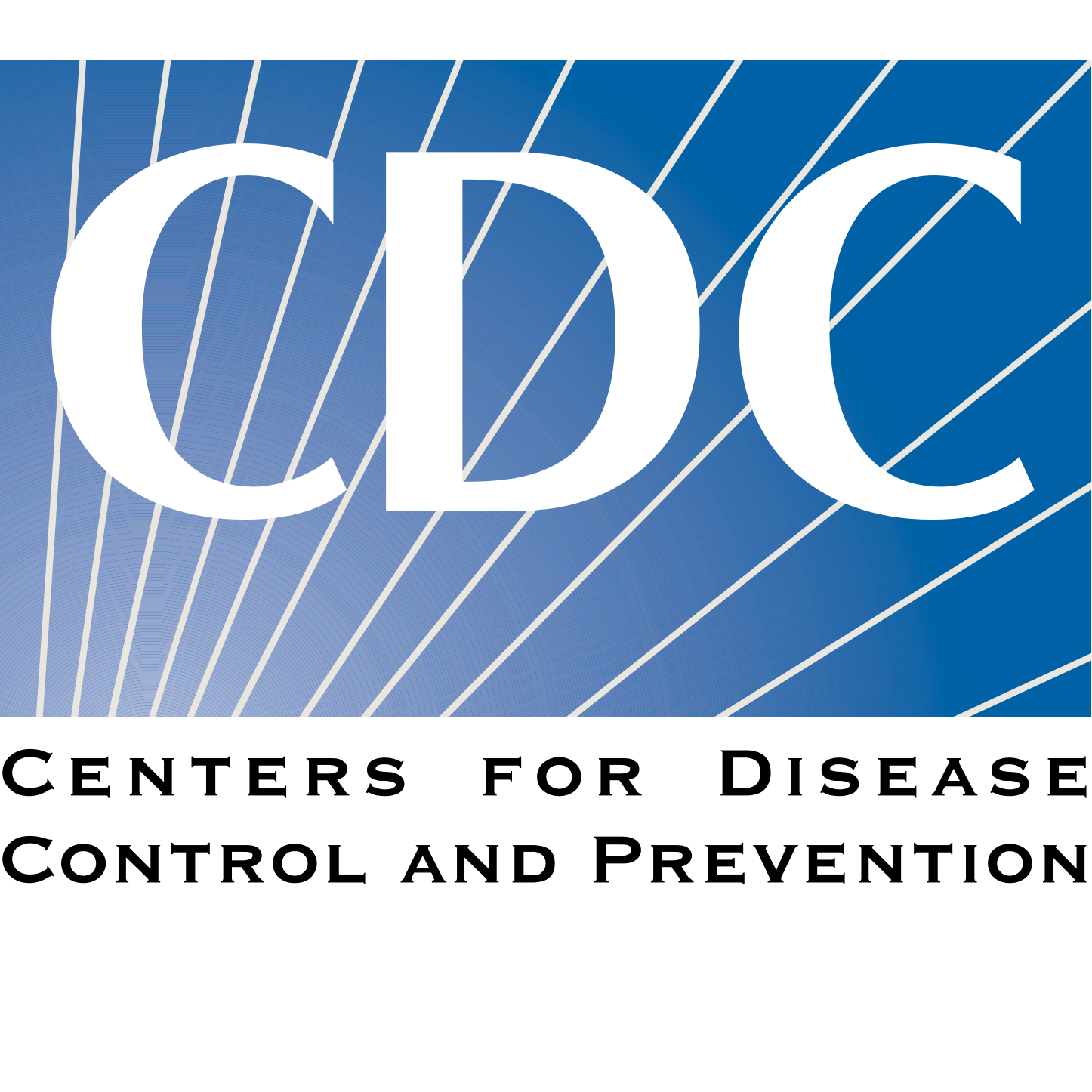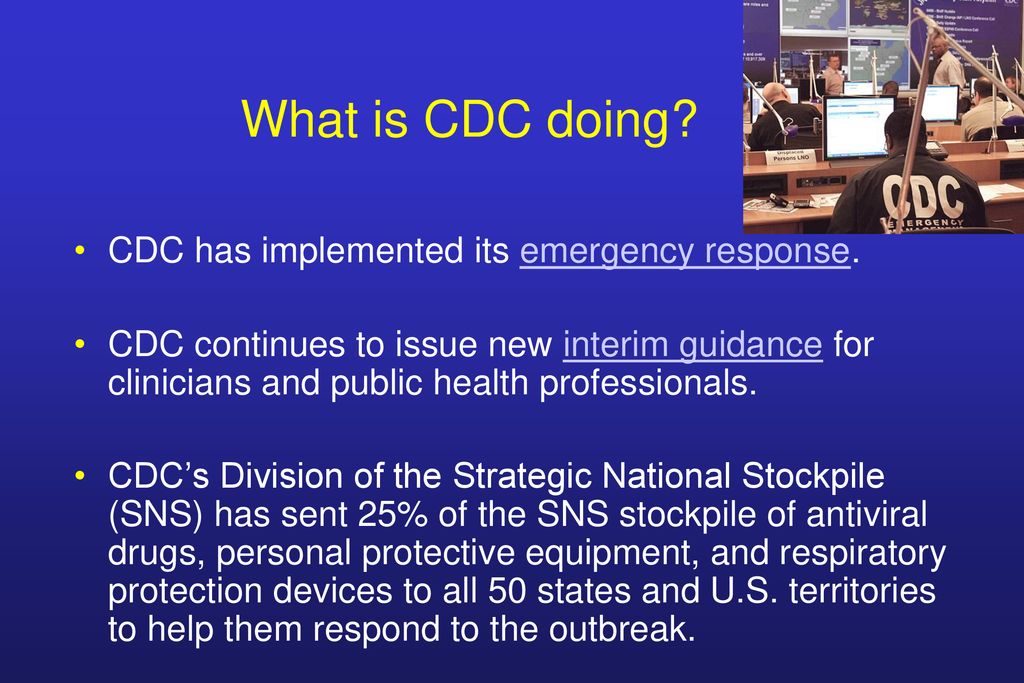What Does CDC Stand For? Centers For Disease Control And Prevention Explained
What does it take to safeguard the health of a nation? The Centers for Disease Control and Prevention (CDC) stands as a bulwark against disease, a champion of public health, and a vital resource in times of crisis. From its humble beginnings combating malaria in the American South to its current role as a global leader in health security, the CDCs impact on our lives is undeniable.
Established in 1946 as the Communicable Disease Center in Atlanta, Georgia, the CDC initially focused on eradicating malaria within the United States. Post-World War II, the disease, though largely controlled in more developed nations, still posed a significant threat in the southern states. With a modest budget and a determined staff, the fledgling agency set out to eliminate this mosquito-borne illness through mosquito control programs, public education, and targeted interventions. This initial success laid the groundwork for the CDC's expansion into other areas of public health. Over the decades, the CDCs mandate broadened to encompass a vast array of health threats, from chronic diseases like heart disease and cancer to emerging infectious diseases like HIV/AIDS and Ebola. The agencys role in responding to the COVID-19 pandemic further solidified its position as a crucial player in global health security. Today, the CDCs mission extends beyond national borders, collaborating with international partners to address health challenges worldwide. Its work involves not only responding to outbreaks but also conducting critical research, developing public health guidelines, and providing vital information and resources to communities and individuals.
| Full Name: | Centers for Disease Control and Prevention |
| Abbreviation: | CDC |
| Founded: | 1946 (as Communicable Disease Center) |
| Headquarters: | Druid Hills, Atlanta, Georgia, USA |
| Parent Agency: | U.S. Department of Health and Human Services (HHS) |
| Mission: | To protect public health and safety through the control and prevention of disease, injury, and disability. |
| Key Activities: | Disease surveillance, research, outbreak response, health promotion, education, guideline development, global health collaboration. |
| Website: | https://www.cdc.gov |
The CDC's work is far-reaching, impacting virtually every aspect of public health. From promoting healthy lifestyles and preventing chronic diseases to combating infectious disease outbreaks and preparing for bioterrorism threats, the agency plays a multi-faceted role in protecting the well-being of the nation and the world. Its efforts in immunization programs have drastically reduced the incidence of preventable diseases, while its surveillance systems provide early warnings of emerging health threats. The CDC also plays a crucial role in health education, providing evidence-based information and resources to empower individuals and communities to make informed decisions about their health.
Beyond its core functions, the CDC engages in a wide range of research activities, exploring everything from the impact of environmental factors on health to the development of new diagnostic tools and treatments. The agencys scientific expertise and rigorous research methodologies inform public health policy and contribute to a deeper understanding of complex health issues. Its commitment to data transparency and open communication ensures that vital information is readily accessible to the public, researchers, and policymakers alike. The CDC's dedication to translating complex scientific findings into practical guidance makes it a trusted source of information for individuals and communities seeking to navigate the ever-evolving landscape of health and wellness.
The CDCs ability to adapt and respond to emerging health threats is a testament to its resilience and commitment. From the early days of combating malaria to confronting the complexities of the COVID-19 pandemic, the agency has consistently demonstrated its ability to mobilize resources and expertise to address critical public health challenges. The CDC's collaborative approach, working in partnership with state, local, and international health organizations, strengthens its capacity to respond effectively to diverse health needs and ensure the protection and well-being of populations worldwide. It is a vital part of our collective effort to build a healthier and more secure future.
The CDC's involvement in addressing the social determinants of health highlights its understanding of the multifaceted factors that influence well-being. By acknowledging the impact of socioeconomic factors, environmental conditions, and access to healthcare on individual and community health, the CDC strives to create a more equitable and just health system. This commitment to addressing health disparities is essential for ensuring that everyone has the opportunity to achieve optimal health, regardless of their background or circumstances.
The CDC's efforts to make scientific data accessible and understandable to the public represent a crucial step in promoting health literacy. By translating complex scientific concepts into clear and concise language, the agency empowers individuals to make informed decisions about their health and participate meaningfully in public health discussions. This commitment to transparency and accessibility fosters trust and strengthens the relationship between the CDC and the communities it serves.
The CDCs work in chronic disease prevention and health promotion underscores its dedication to addressing the leading causes of death and disability in the United States. By supporting initiatives that promote healthy lifestyles, increase access to preventive care, and address the underlying causes of chronic diseases, the CDC strives to improve the overall health and well-being of the population. Its focus on collaborative partnerships with community organizations and healthcare providers further enhances its ability to reach diverse populations and effectively implement evidence-based interventions.

:max_bytes(150000):strip_icc()/GettyImages-456691996-b23b2621c3f74483a89ee9188250fa97.jpg)
